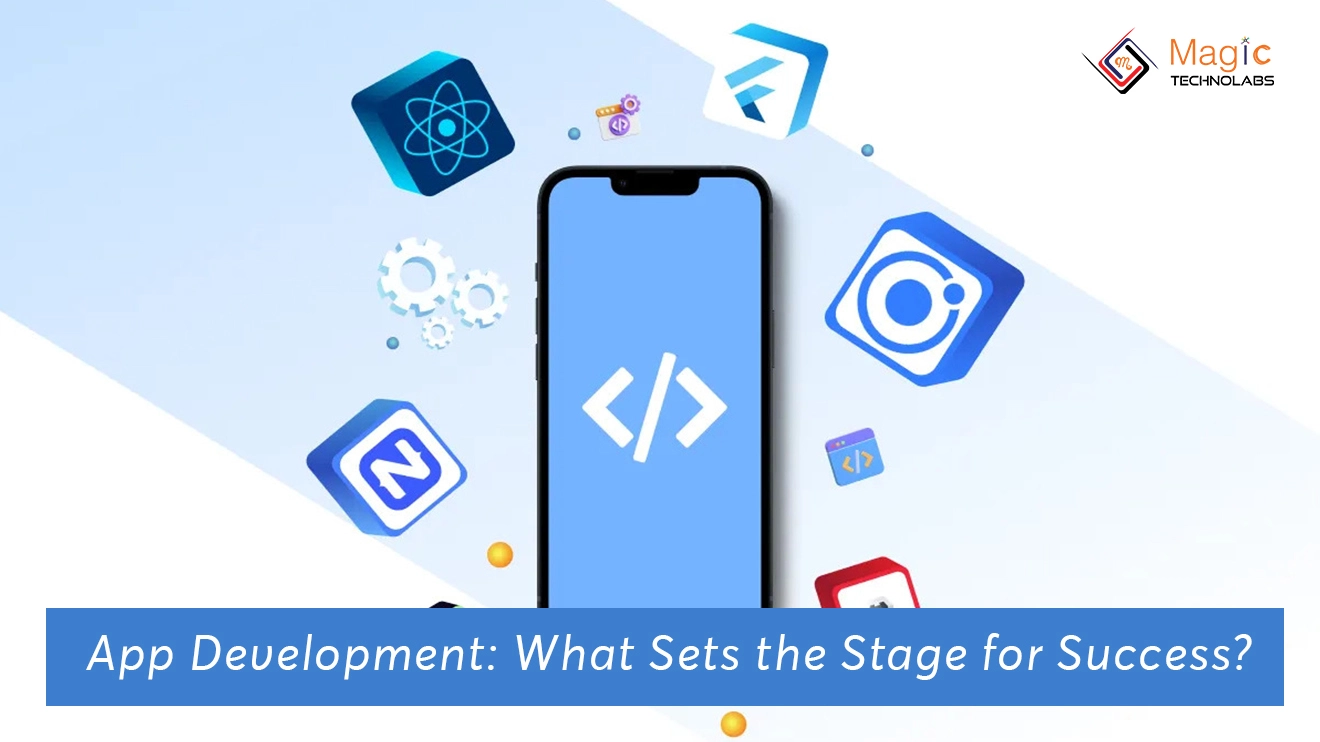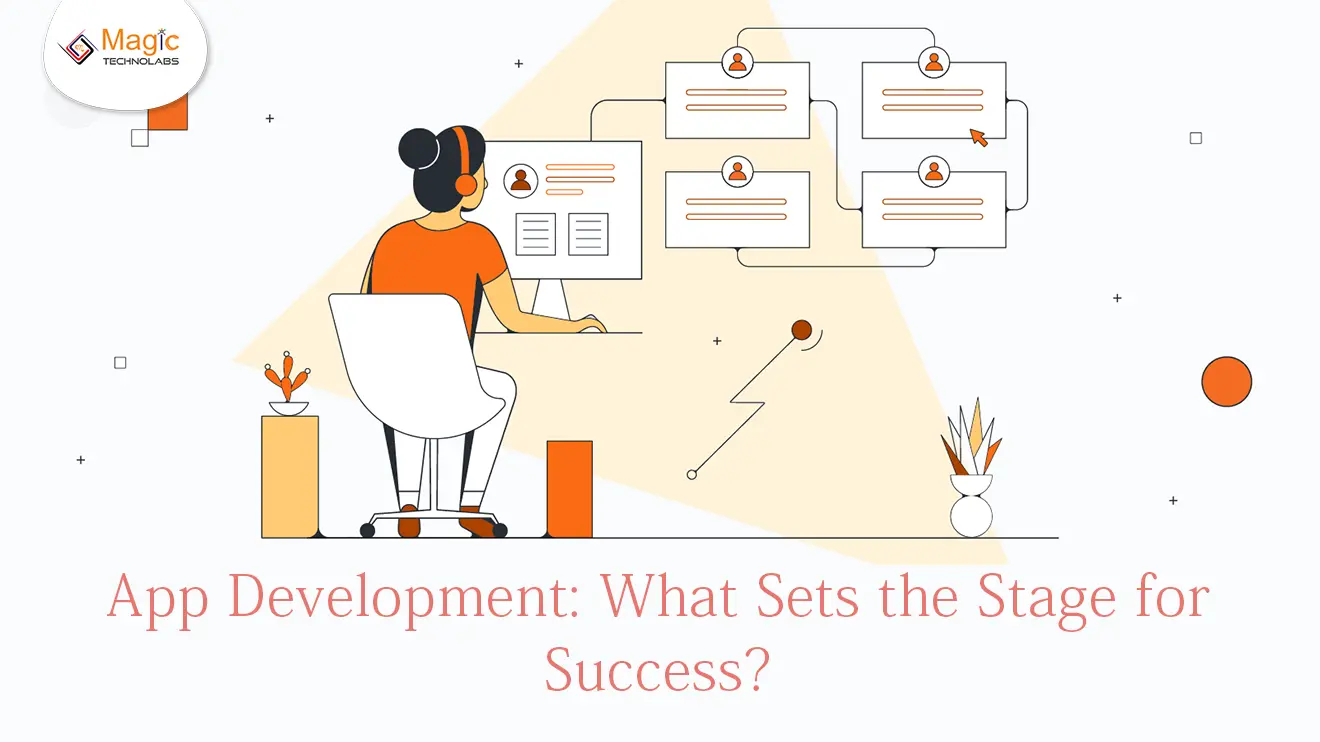Embarking on the journey of app development is an exciting venture, but success hinges on a well-defined roadmap. From conception to deployment, several key stages set the foundation for a thriving app.
The first stage, ideation, is where the seeds of innovation are planted. Identifying a unique value proposition and understanding the target audience are critical. A well-researched idea aligns with user needs and market demands, laying the groundwork for a successful app.
Once the concept is solidified, the design stage takes center stage. User experience (UX) and user interface (UI) design play pivotal roles in creating an app that is not only visually appealing but also intuitive and user-friendly. Thoughtful design sets the stage for positive user interactions, fostering engagement.
Development follows closely, where the app takes shape based on the chosen technology stack. Collaboration among developers, designers, and other stakeholders is paramount during this stage. Iterative testing and refining ensure that the app aligns with the initial concept and functions seamlessly.
As the app nears completion, rigorous testing is crucial to identify and rectify any bugs or issues. Quality assurance ensures that the app delivers a reliable and satisfying user experience. Thorough testing sets the stage for a flawless launch.
Deployment marks the transition from development to making the app accessible to users. Choosing the right platform and implementing effective marketing strategies are crucial in gaining visibility. A successful launch sets a positive trajectory for the app's future.
Post-launch, continuous monitoring and updates are essential. Gathering user feedback, analyzing app performance, and addressing any issues promptly contribute to long-term success. Regular updates also keep the app relevant in a dynamic market.
In conclusion, the success of app development is intricately tied to a well-defined roadmap. Ideation, design, development, testing, deployment, and post-launch strategies collectively set the stage for an app that not only meets user expectations but exceeds them, ensuring sustained success in the competitive app landscape.

















